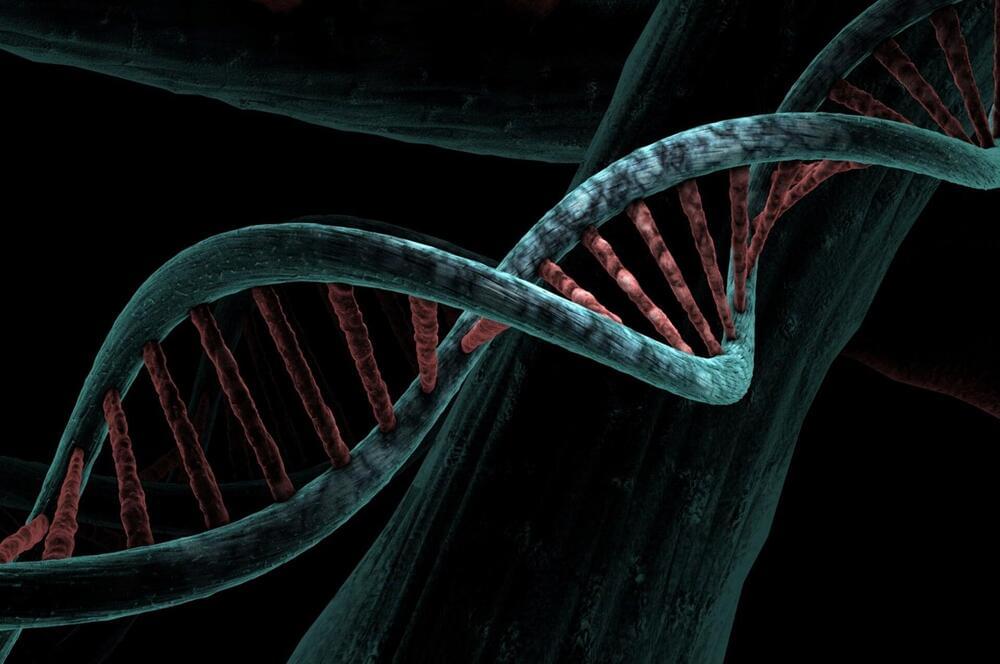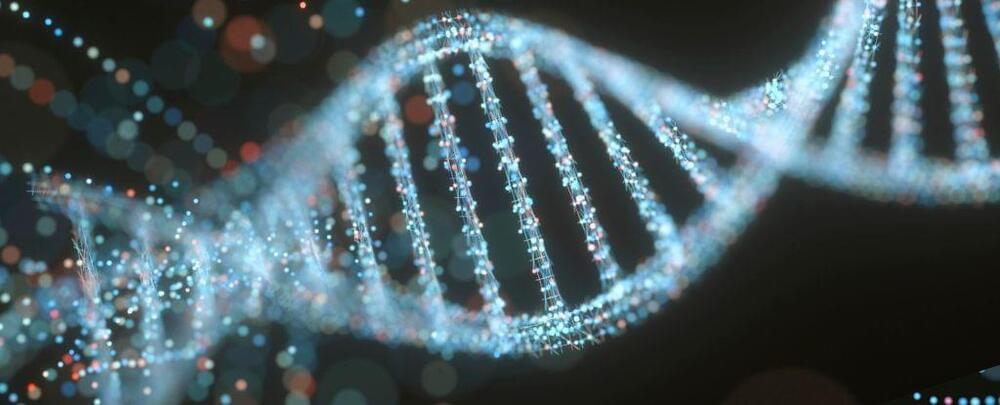Melanoma cancer vaccine with minimal side effects nearing Phase 3 in clinical trials, according to experts.


The full recording of Parnia’s Lab’s premiere film, Rethinking Death: Exploring What Happens When We Die. In Rethinking Death, scientists, physicians, and survivors of cardiac arrest explore the liminal space between life and death, breaking down these stunning scientific breakthroughs to tell the remarkable, scientific story of what happens after we die.
Special thank you to Stellaris Productions, New York University Grossman School of Medicine, and of course, the researchers and survivors without whom this story could not be told:
Dr. Robert Montgomery.
Dr. Sam Parnia.
Dr. Lance Becker.
Dr. Tom Aufderheide.
Dr. Stephan Mayer.
Dr. Samuel Tisherman.
Alysson Muotri.
Dr. Lindsay Gurin.
Dr. Bruce Greyson.
Dr. Mary Neal.
Jeffery Olsen.
Rachel Finch.
Dr. Anthony Bossis.
Dr. Megan Craig.
Dr. Donald Hoffman.
Dr. Joseph Lowy


In a paper published in Science Jan. 18, scientists Chad Mirkin and Sharon Glotzer and their teams at Northwestern University and University of Michigan, respectively, present findings in nanotechnology that could impact the way advanced materials are made.
The paper describes a significant leap forward in assembling polyhedral nanoparticles. The researchers introduce and demonstrate the power of a novel synthetic strategy that expands possibilities in metamaterial design. These are the unusual materials that underpin “invisibility cloaks” and ultrahigh-speed optical computing systems.
“We manipulate macroscale materials in everyday life using our hands,” said Mirkin, the George B. Rathmann Professor of Chemistry at the Weinberg College of Arts and Sciences.

The random nature of genetic mutation implies evolution is largely unpredictable. But recent research suggests this may not be entirely so, with interactions between genes playing a bigger role than expected in determining how a genome changes.
It’s known that some areas of the genome are more likely to be mutable than others, but a new study now suggests a species’ evolutionary history may play a role in making mutations more predictable too.
“The implications of this research are nothing short of revolutionary,” says University of Nottingham evolutionary biologist James McInerney.
In the future Biotechnology may allows us repair, modify, or augment humans, but how will this be done? What will these technologies look like and should we embrace them?
Start listening with a 30-day Audible trial and your first audiobook is free. Visit.
http://www.audible.com/isaac or text \.

Should all patients with COPD exacerbations receive oral steroids, or only those with eosinophilia?
The content of this site is intended for health care professionals. Copyright. opens in new tab | Terms. opens in new tab | Privacy Policy. opens in new tab.
Give people a barrier, and at some point they are bound to smash through. Chuck Yeager broke the sound barrier in 1947. Yuri Gagarin burst into orbit for the first manned spaceflight in 1961. The Human Genome Project finished cracking the genetic code in 2003. And we can add one more barrier to humanity’s trophy case: the exascale barrier.
The exascale barrier represents the challenge of achieving exascale-level computing, which has long been considered the benchmark for high performance. To reach that level, however, a computer needs to perform a quintillion calculations per second. You can think of a quintillion as a million trillion, a billion billion, or a million million millions. Whichever you choose, it’s an incomprehensibly large number of calculations.
On May 27, 2022, Frontier, a supercomputer built by the Department of Energy’s Oak Ridge National Laboratory, managed the feat. It performed 1.1 quintillion calculations per second to become the fastest computer in the world.
Japan’s Moon Snipper Landed on the Moon making Japan the fifth nation to accomplish a lunar landing and Astrobiotic’s Peregrine lunar lander reenters Earth’s atmosphere.
Outstanding Antioxidant For Your Health: https://shopc60.com/
Use discount code: GreenGregs10 for 10% off.
These statements and products have not been evaluated by the Food and Drug Administration. This product is not intended to diagnose, treat, cure, prevent, or mitigate any disease.
GoldBacks from Green Greg’s affiliate link:
Use coupon code GreenGregs for 1% off.
Inspire your kids to love science!
SAVE 20% OFF New Science Kits Using Code: NEWKITSSAVE20 At Steve Spangler Science dot com! Great Educational Products For Kids! SHOP NOW! https://www.pntra.com/t/SENKTExNSUhDR05OSUxJQ0dPRkxGRw.
For gardening in your Lunar or Mars habitat GalacticGregs has teamed up with True Leaf Market to bring you a great selection of seed for your planting. Check it out: http://www.pntrac.com/t/TUJGRklGSkJGTU1IS0hCRkpIRk1K
Awesome deals for long term food supplies for those long missions to deep space (or prepping in case your spaceship crashes: See the Special Deals at My Patriot Supply: www.PrepWithGreg.com.

ABC News anchor Robin Roberts was brought to tears on Thursday while reporting on a new cancer treatment breakthrough. The story was about a new means of helping cancer patients find donors for blood stem cell transplants – something that Roberts herself had to deal with during her own cancer battle and subsequent health issues. She shed tears thinking of families who will not have to worry as much as she did.
Roberts presented this story along with Good Morning America co-hosts George Stephanopoulos and Lara Spencer. They explained how patients previously had to find a near perfect match for a blood stem cell transplant. This was a particular issue for people of color, but this new breakthrough more than doubles their chances of finding a match. They illustrated the effects with the real-life story of a girl who recently survived a cancer diagnosis that would have been much more dangerous beforehand. Roberts explained how broadening the list of potential donors can be so helpful – and can improve the mindsets of patients and their families as well.